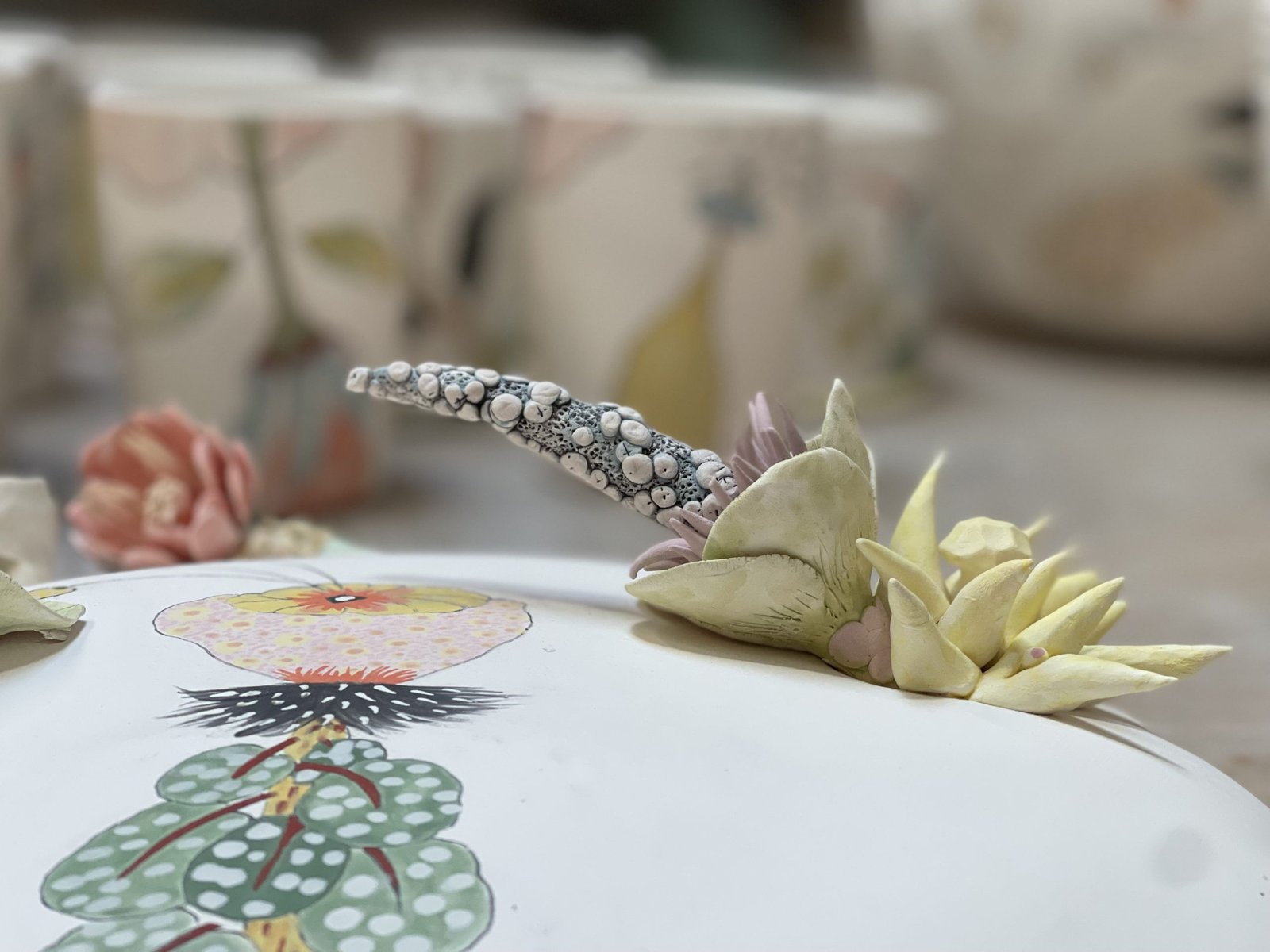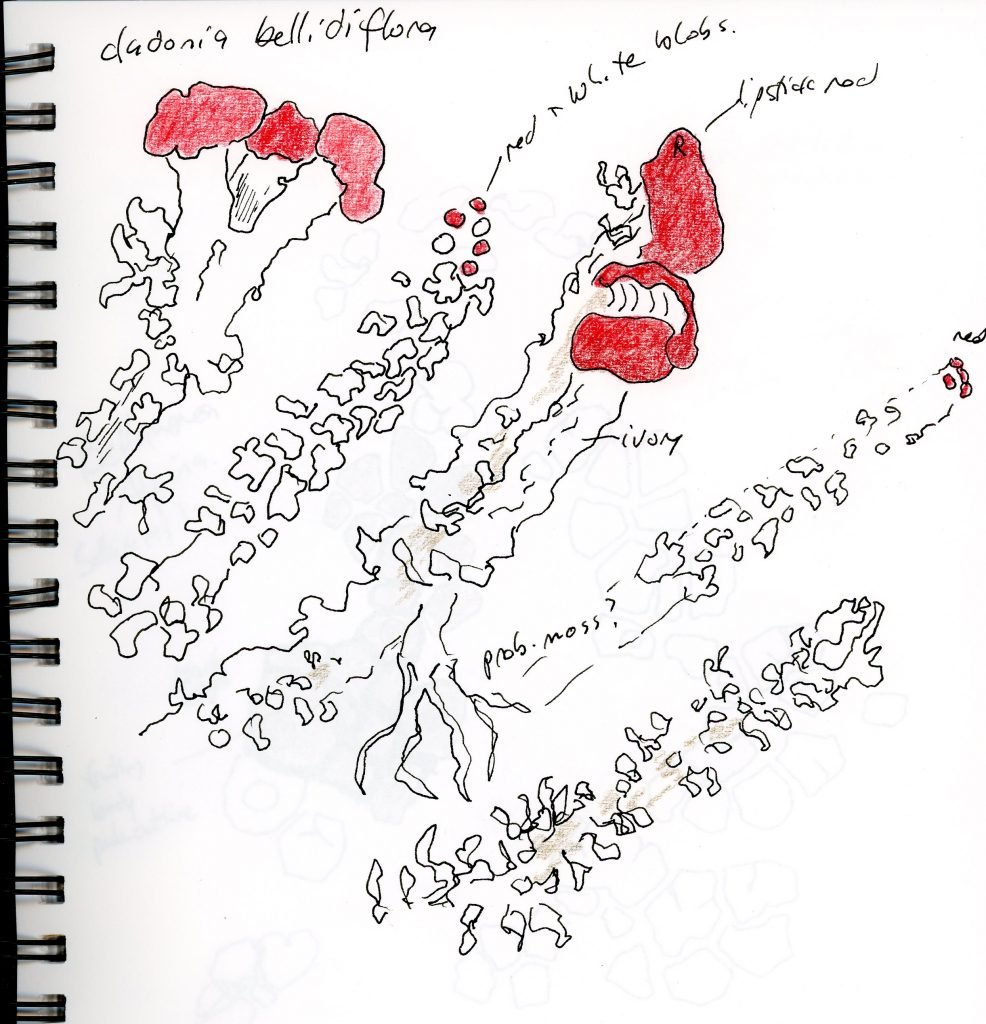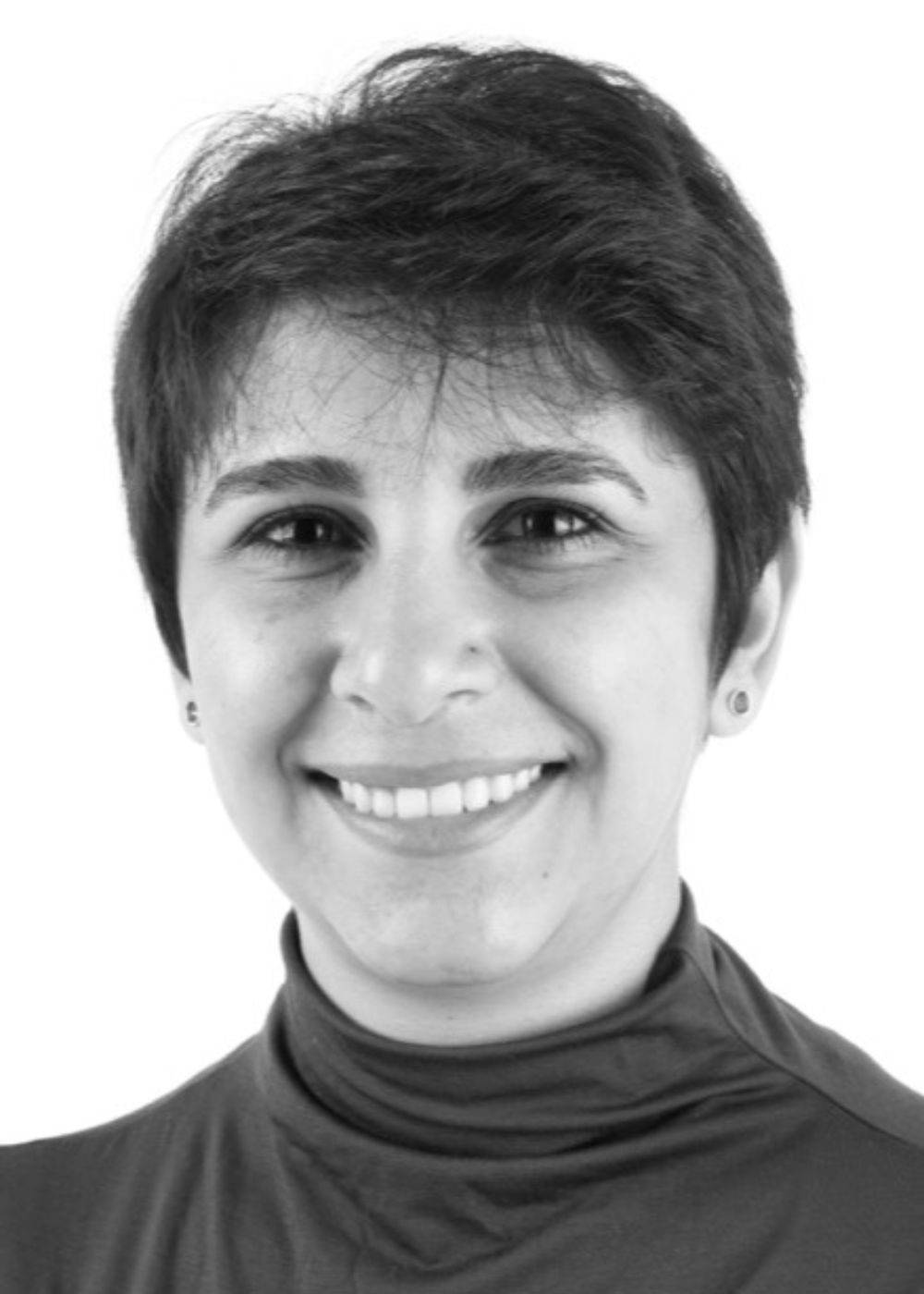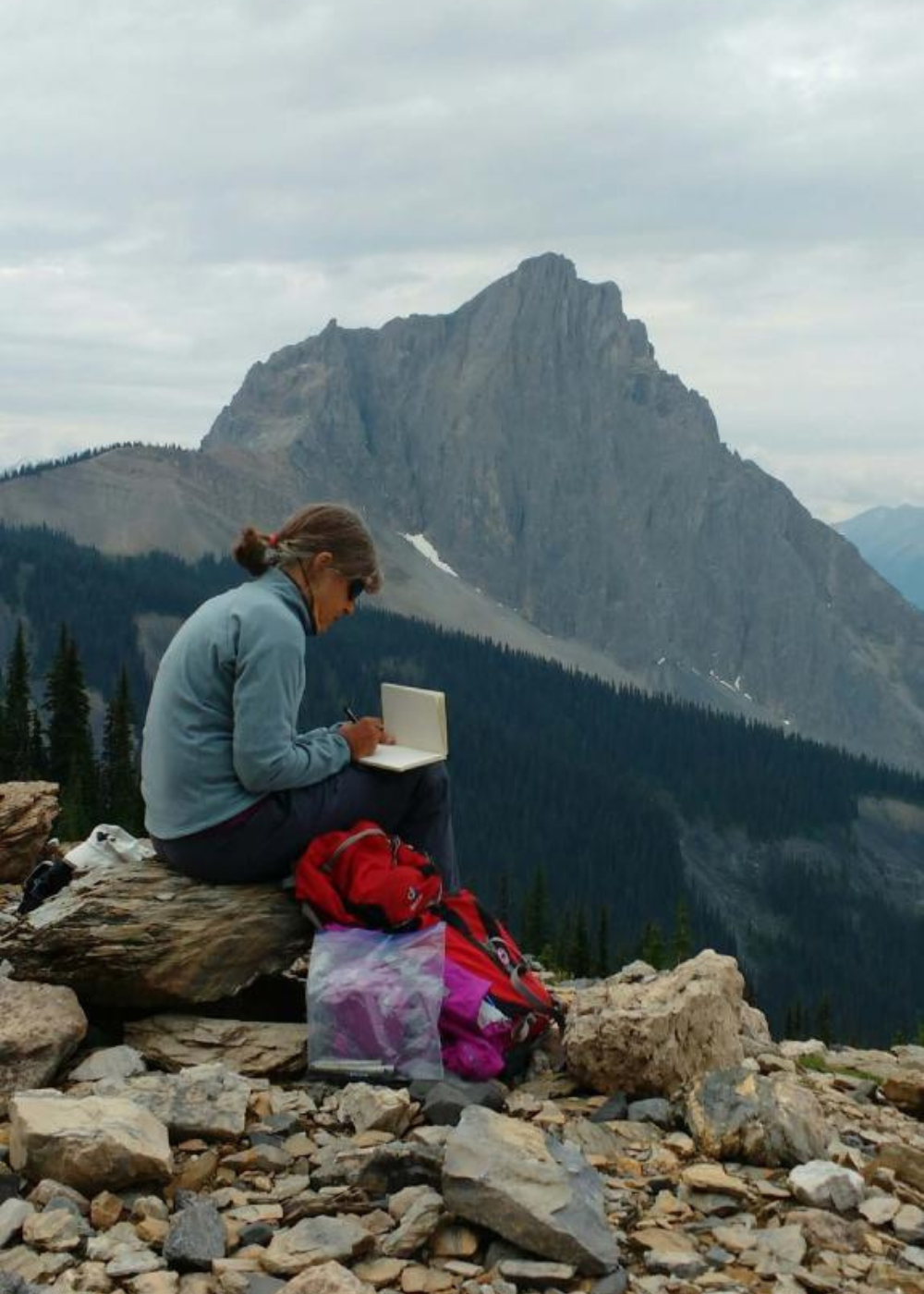
the drawn and crafted object
the drawn and crafted object
yalda bozorg, miriam de langley, bettina matzkuhn & marney mcdiarmid
on view in gallery: october 6 - november 24, 2022
Drawing is a spontaneous way to explore shapes, structures, and thoughts without having to worry about scale, the pull of gravity, whether a piece can stand up, or the material limitations that may dictate form. It is also a process that helps springboard ideas and can expose hidden concepts; it is a point of dialogue between the artist, the ideas they are exploring, and a precursor or animator to the physical making of an object. Craft artists have long used drawings as a means to design their work or investigate ideas, but viewers are seldom given the opportunity to view the personal explorations that support a finished piece.
In this curated exhibition four artists will exhibit their drawings and explorations alongside a completed work, offering the viewer a glimpse into their processes, and the interesting dialogue that occurs between the birth of an idea, through its many ramblings and on to the finished form.

meet the artists
Yalda Bozorg

Yalda is an artist/researcher who is creating new visual vocabulary, using different materials and techniques. From first lines on a piece of paper to the final steps, she considers herself not to be in charge of the process but only one component amongst many others that contributes to it. Her practice, similar to her PhD thesis, is multidisciplinary. Instead of being loyal to one discipline or one material, she is eager to search for the answers everywhere, from archeology to hands on making, from theories to auto ethnographic studies and from clay to metal and textiles.
I think drawing could be one of visual art’s most misunderstood terms/actions. What do you think what drawing is? A bunch of lines entangled that would resemble something? A few lines informing a maker what to do with the material? A process that enables you to turn your immaterial thoughts into a shape you can see, touch, and show to others? Maybe drawing is all of these possibilities, or maybe it is something else entirely.
Drawing informs me visually and feeds my practice conceptually. Every movement of the mark-maker changes the face of the mark-receiver, and this constant “change” became the focus of my project.
Drawing functions as different tools through practice. In each project stage, drawing informs the maker differently and can shapeshift as the project evolves. In my practice, drawing turns into a monitor that displays my mind and subconscious and allows me to reflect and study what I think I already know, but I do not.
Miriam de Langley

Miriam de Langley is an artist working with precious metals and stones. Her formal training took place in Toronto where she studied Fine Arts at OCAD and going on to Jewellery Arts at George Brown College.
Miriam’s passion is creating jewellery as sculptural talismans; she believes in the importance of handmade, lasting objects that are thoughtfully crafted and carry significance through a lifetime.
For Miriam, each piece of jewellery starts as a series of loose sketches. This is where she begins to play with the initial concepts for a piece; focusing on the feeling rather than the technical aspects, she does a series of ideations. As the drawings become more solid and the conceptual direction is taking shape, she chooses one of the sketches to develop as the final piece. Eventually, the drawing becomes more realistic and is drawn to scale to work out the intricacies of the design. The final drawing for this piece was uploaded into CAD software and the model is printed in a jewellery resin that can be cast using the traditional lost wax casting method. This is where the jewellery leaps from 2D to 3D and begins the rest of its journey. Drawing is woven into the process of all her pieces whether they end up being hand carved, fabricated or 3D printed. For her, it’s all about working out the feeling and concepts and translating them from thoughts to a visual medium; the fluidity of the drawing process and the simplicity of a pencil on paper lets the concept come to life unobstructed.
Miriam’s current work is inspired by natural textures and the beauty and imperfections of nature. She likes to explore the contrasts between rough, smooth, natural and polished surfaces. The piece in this show was inspired by the edge of a cliff looming above a sparkling body of water, a large imposing rock face of weathered granite intersecting the water’s surface.
Bettina Matzkuhn

Bettina Matzkuhn explores themes of ecology, weather, and landscape in her textile work. Emphasizing hand embroidery, she values the versatile language of textiles. Matzkuhn holds a BFA and an MA from Simon Fraser University, and is the recipient of Canada Council and British Columbia Arts Council Grants. She has exhibited in solo and group exhibitions across Canada, as well as in Korea and the United States. Her work is found in national public collections such as the Surrey Art Gallery, Cambridge Art Galleries and the Weldon Map Library at Western University. She lives and works in Vancouver, British Columbia.
I pair drawings of cloud systems with embroidered plant life, in particular, lichens. These iterations –from drawing digital satellite images by hand on a digital surface, then commercially printed onto fabric, and finally embroidered by hand– explore contrasts of technologies and materials, and points of view. Satellites give a “god’s eye” view, while I have been drawing lichen specimens through a microscope (thanks to the Beaty Biodiversity Museum). By making lichens grow between the cloud systems, I hope to convey my sense of the Northwest Coast as an intricate and intertwined life form –a living, dynamic presence. Lichens represent a symbiotic relationship between fungi and algae (and more organisms, as research is finding). In pairing micro and macro, I hope to show a greater symbiosis.
Drawing serves many purposes in my practice. I draw for the pleasure of it. I draw –for example, specimens at a museum– to have a better sense of the forms, structures, and characteristics of a certain species. I use drawing as a planning tool, making small sketches to get an idea out of my head and into reality. Then, I can begin to alter, expand and assess what my project needs or could be. No idea ever arrives fully formed. Drawing helps to refine both concept and material processes. I often draw full-size paper versions of what I envision, cutting them up to use as patterns or to alter the composition. Drawing is mark-making and so is embroidery, if on a slower pace.
Marney McDiarmid

Marney McDiarmid is a queer ceramic artist whose work includes both functional and sculptural ways of making. Drawing plays a significant role in both bodies of work. Her functional pieces explore notions of connection by featuring illustrations of fantastical plants in dialogue with one another. Her sculptures, also botanical, are frequently three dimensional renderings of the drawings that populate her sketchbook.
Marney has exhibited and taught across Canada. She has an interest in public art and she promotes Canadian clay through her involvement with the clay collective Make and Do. She currently lives in Katarokwi/Kingston, Ontario.
Marney McDiarmid’s work typically explores ecological themes, encompassing alarm about the climate crisis and the joy and respite she experiences through her connection with the land. Marney utilizes beauty as a tool for engagement by creating appealing, lush, sensuous pieces that call up notions of replenishment and evoke the viewer’s own relationship to the natural world.
Over the past five years drawing has become an integral part of her process, a tool she uses to add decorative elements and narrative content to the work. She envisions the slow pace of her practice as running counter to systems of mass production and it is important to her that the resulting objects convey a sense of being well cared for and carefully considered.
Jenny Judge - Curator

Jenny Judge is a contemporary craft artist who works in glass, ceramic and fibre installation. She holds an MFA from the University of Minnesota, and has exhibited extensively in Canada and abroad. She has curated exhibitions within BC, and has been on numerous exhibition and funding application panels. Her curatorial focus is to expand the perceived boundaries of Craft, and selects artists who offer a fresh and experimental perspective in their work.
